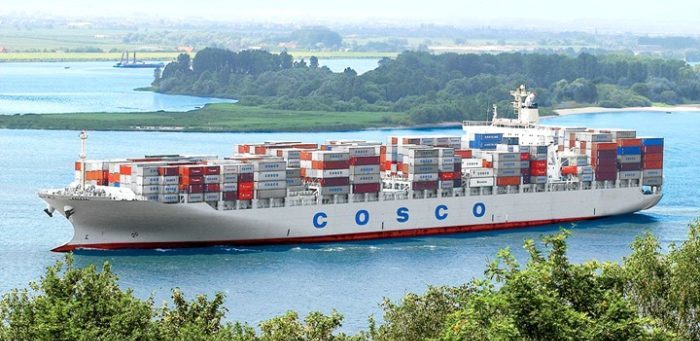China’s COSCO plans to and operate a $2 billion port on Peru’s Pacific coast, under a $10 billion Chinese investments in the Peru, China’s ambassador to Peru informed. The port will be located in Chancay, 58 km (36 miles) north of the capital Lima.
This port was operated by the Peruvian miner Volcan, which has been looking for a strategic partner on the Chancay project. However, it did not provide any further details, Reuters reported.
[smlsubform prepend=”GET THE SAFETY4SEA IN YOUR INBOX!” showname=false emailtxt=”” emailholder=”Enter your email address” showsubmit=true submittxt=”Submit” jsthanks=false thankyou=”Thank you for subscribing to our mailing list”]
China and Peru are trade partners, as China imports most of the minerals the South American country produces. Nevertheless, Chinese companies are starting to express interest in investing in sectors other than mining.
Namely, Ambassador Jia Guide noted that China Railway Engineering Corporation (CREC) is also looking to build a port at the southern town of Ilo.
However, the director of Peru’s National Port Authority, Edgar Patino, informed that he is not aware of such a development, adding that the Ilo port would be expanded if a railway to transfer goods from Brazil, Bolivia and other countries is built.
In addition, China is constantly inviting countries into cooperation on all fronts, infrastructure, trade, and joint investments aiming to a more efficient, green and sustainable transport through better logistic solutions.
In particular, a master plan, the One Belt One Road initiative (OBOR), has been under development since 2013, in order to build trade and infrastructure networks, connecting Asia with Europe and Africa through the ancient Silk Road routes.
The OBOR – perhaps the world’s largest regional collaboration for many years – is actually a misleading term. There are two parts to this, the belt and the road. The belt is the physical road, the land transportation into Europe; ultimately reaching as far as Moscow, Rotterdam, and Venice. What is called the road, is the maritime Silk Road, in other words, shipping lanes connecting Asia with Europe and Africa. Specifically, as of 2017, the initiative covered more than 68 countries, equivalent to 65% of the world’s population and 40% of the global Gross domestic product (GDP).






























































